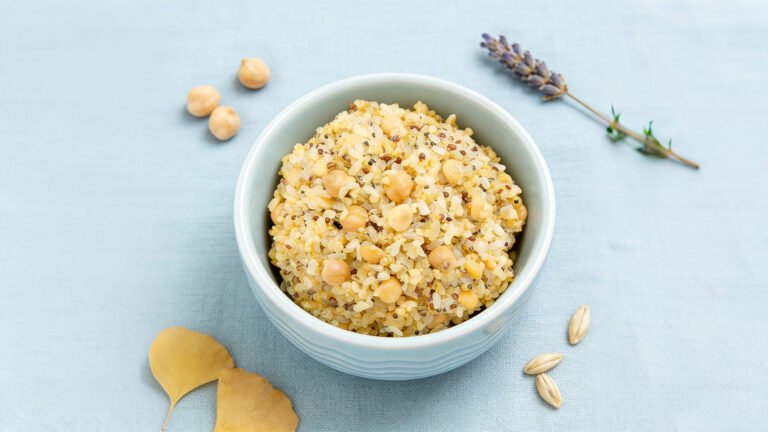
Contact Us through info@lovekonjac.com
Konjac noodles, also known as shirataki noodles, are a type of noodle made from the corm of the konjac yam, which is indigenous to China, Japan, and other regions of Asia. These noodles are highly favored by those who are conscious of their calorie and carbohydrate intake due to their extremely low levels of both. In addition to being low in calories and carbohydrates, konjac noodles are also gluten-free, vegan, and suitable for those following a keto diet, making them a versatile and inclusive option for various dietary preferences. In this article, we will explore the benefits of konjac noodles as a healthy addition to a low-calorie diet, and how they can help you eat well and feel great.
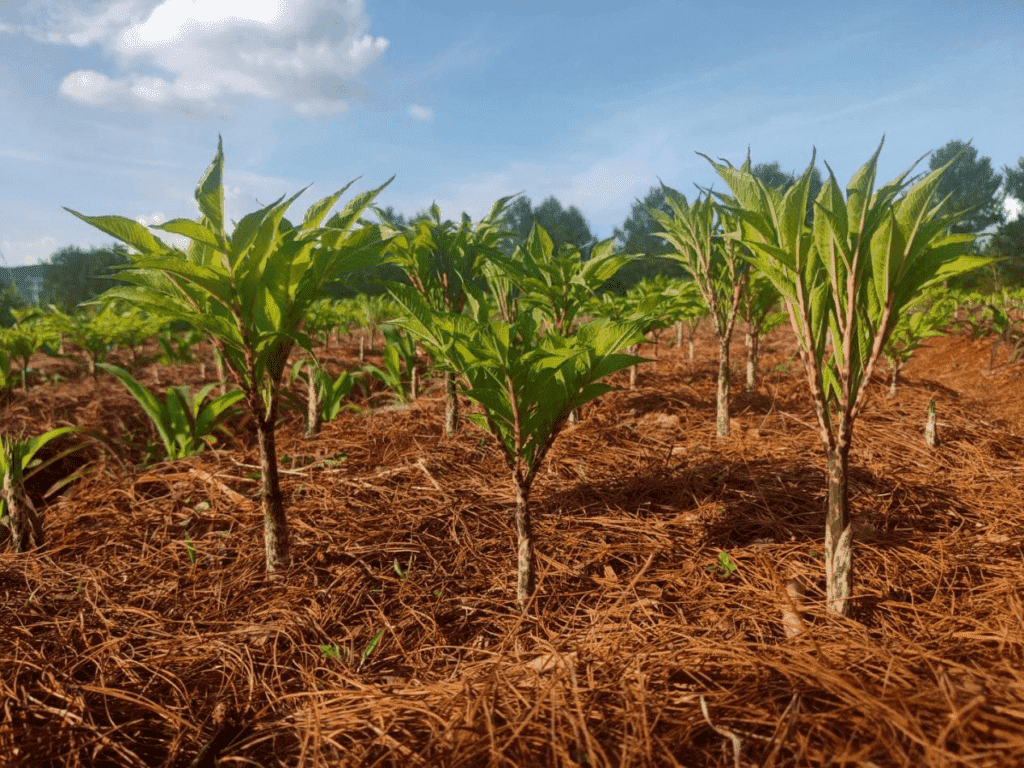

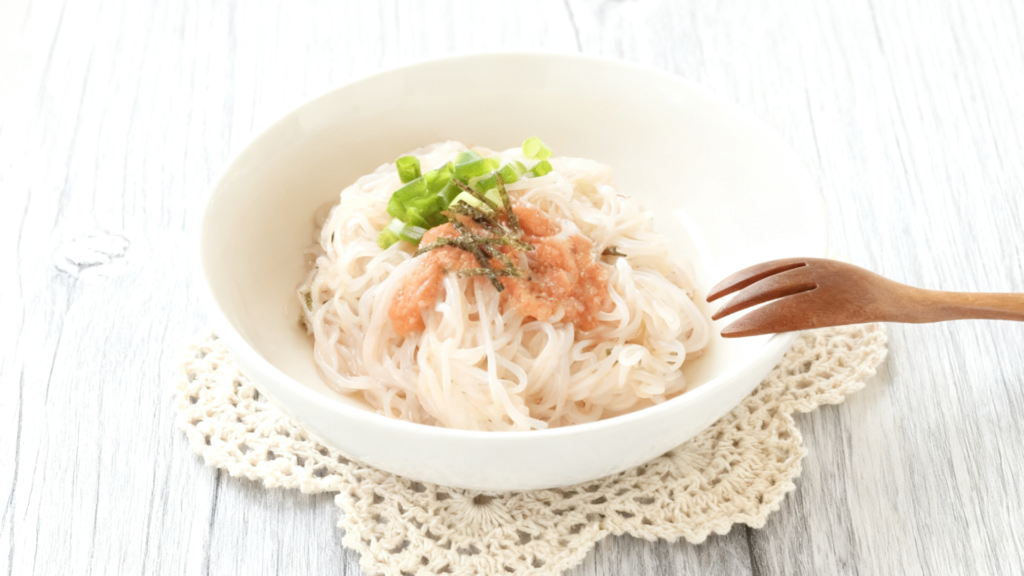

Preparing shirataki noodles
Tip 1:
Add a spoonful of vinegar and let the noodles soak for 1 to 2 minutes, then rinse again. This can help soften the texture of the konjac noodles.
Tip 2:
Marinate the Konjac noodles in a tomato-based sauce for 2 to 3 minutes. This can also help soften the texture, giving you a more pasta-like consistency.
Konjac noodles are virtually flavorless and absorb the flavors of the ingredients they are cooked with. Use them in recipes like stir-fries, soups, and salads, incorporating nutrient-rich ingredients to create delicious and satisfying meals.

1. Use as a Pasta Alternative: Replace regular pasta with konjac noodles in your favorite pasta dishes to lower your calorie and carbohydrate intake while still enjoying the same flavors and textures.

2.Experiment with Different Konjac Noodle Varieties: Konjac noodles come in various shapes such as spaghetti, fettuccine, rice, etc. Try different varieties to add variety to your meals and experiment with new recipes.
3.Control Portion Sizes: Even though konjac noodles are low in calories and carbs, it’s important to practice portion control and consume them in moderation as part of a well-balanced diet.


By following these tips, you can easily incorporate konjac noodles into your diet and enjoy their benefits as a low-calorie and low-carb option for your meals.
Ingredients:
Konjac penne 200g
butter 30g
Cherry Tomatoes 35g
Broccoli 50g
salt 2g
ketchup 20g

Instructions:

Ingredients:
Konjac noodles 200g
Butter 30g
Garlic 20g
Bacon 60g
Mushroom 70g
Milk 60g
Cream 60g
Salt 1.5g
Black pepper 2g
Instructions:
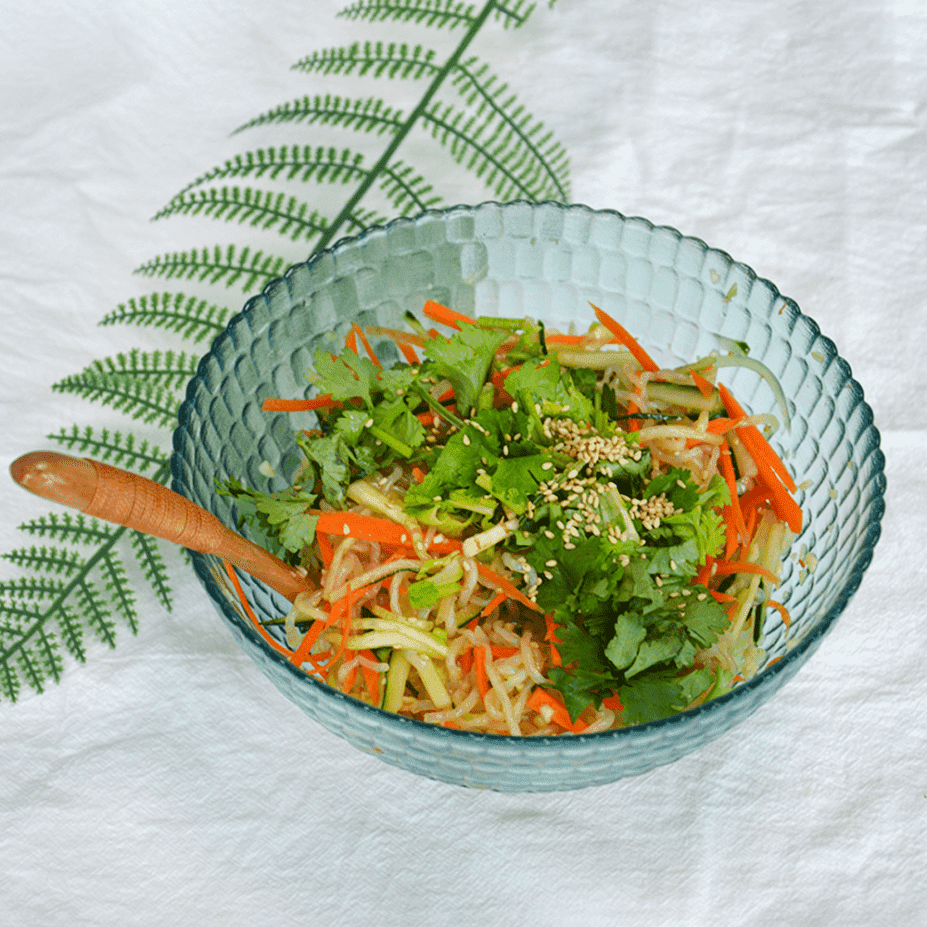
Ingredients:
1 pack(200g) Wooslim shirataki noodles
3 tablespoons brown vinegar
3 tablespoon soy sauce
2 tablespoon sesame oil
2 pieces red chili
1 cucumber
half carrot
1 coriander
1 garlic
1.5g white sesame
Instructions:
1. Can I eat konjac noodles if I have food allergies or dietary restrictions?
Yes, konjac noodles can be a safe option for individuals with food allergies or dietary restrictions. Konjac noodles are typically made from the konjac plant and are free from common allergens such as gluten, wheat, dairy, eggs, and nuts.
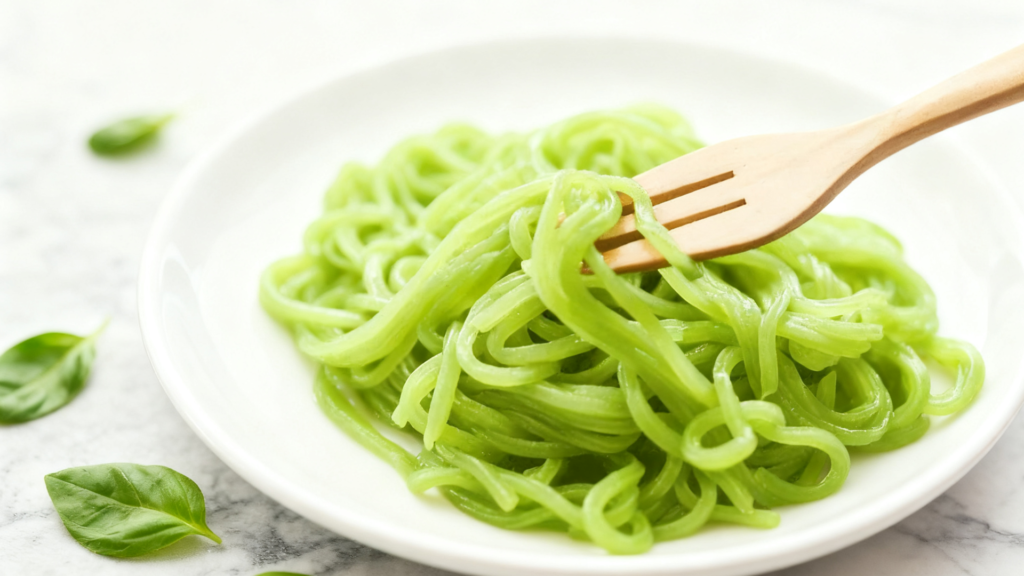
However, it’s always important to check the specific brand and packaging for any potential allergens or dietary restrictions, as ingredients and manufacturing processes may vary. If you have any concerns or questions about konjac noodles and your specific dietary needs, it’s best to consult with your healthcare provider or a registered dietitian for personalized advice.

2. How do konjac noodles contribute to a low-calorie diet?
Konjac noodles are an excellent option for a low-calorie diet due to their low-calorie content. They are extremely low in calories, typically containing less than 10 calories per serving. This makes them a great alternative to higher-calorie pasta or noodles.
By replacing regular pasta or noodles with konjac noodles in your meals, you can significantly reduce your calorie intake, making them a helpful addition to a low-calorie diet or weight loss plan. Incorporating konjac noodles into your meals can help you create satisfying and filling dishes with fewer calories, making it easier to maintain a calorie deficit and support your weight loss goals.
3. Can konjac noodles be used in a gluten-free diet?
Yes, konjac noodles are naturally gluten-free, making them a suitable option for individuals following a gluten-free diet. They are made from the root of the konjac plant, which is naturally gluten-free and does not contain any wheat, barley, or rye.
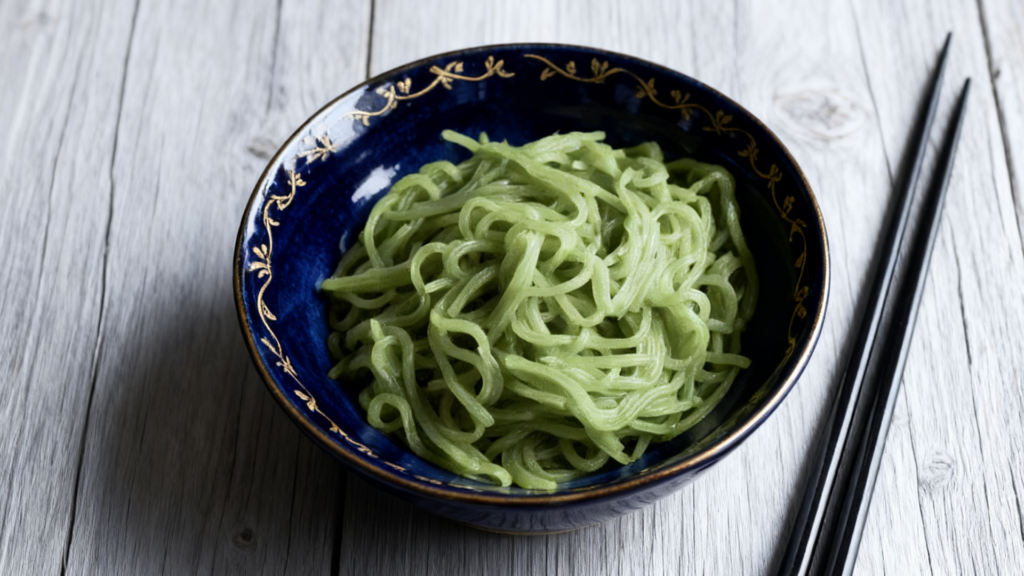
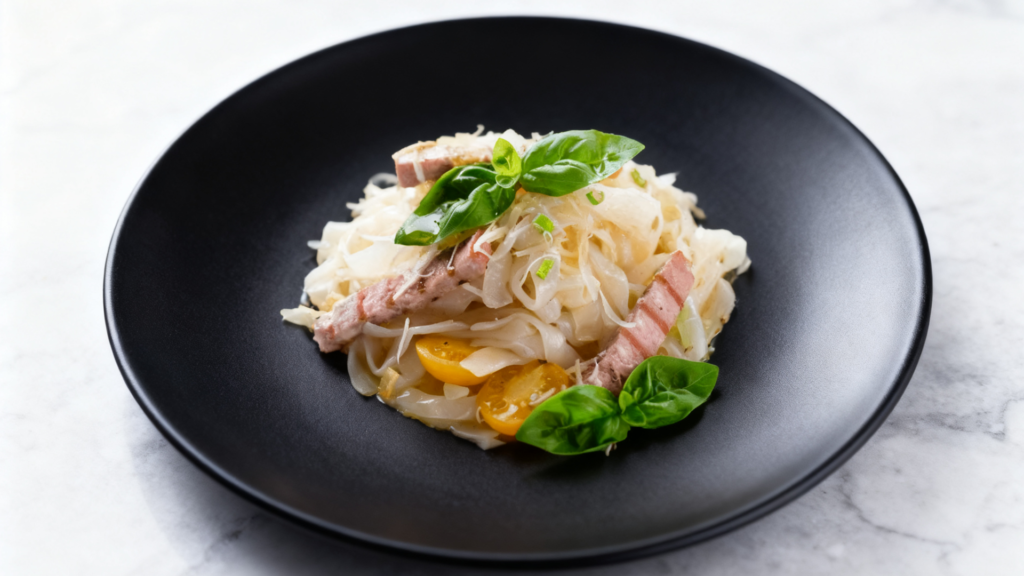
4. Are konjac noodles suitable for vegetarians or vegans?
Yes, konjac noodles are suitable for vegetarians and vegans. They are made from the root of the konjac plant, which is a plant-based ingredient.
Konjac noodles are a great option for individuals following a vegetarian or vegan diet as they are low in calories, low in carbs, and do not contain any animal-derived ingredients. They can be used in a variety of plant-based recipes, such as stir-fries, soups, salads, and more, to add texture and bulk to meals without compromising dietary preferences. Always check the packaging and confirm that the Konjac noodles you are purchasing are labeled as vegetarian or vegan to ensure they align with your dietary choices.
Incorporating konjac noodles into your low-calorie diet can be a delicious and nutritious way to reduce your calorie and carbohydrate intake while still enjoying satisfying meals. With their low-calorie, low-carb, and high-fiber properties, konjac noodles can support your weight loss efforts and help you achieve your healthy eating goals. Remember to rinse and prepare them properly, pair them with nutritious ingredients, control portion sizes, and experiment with different recipes to add variety to your meals. It’s always a good idea to consult with a healthcare professional before making any significant changes to your diet, and enjoy the benefits of konjac noodles for your overall well-being!
